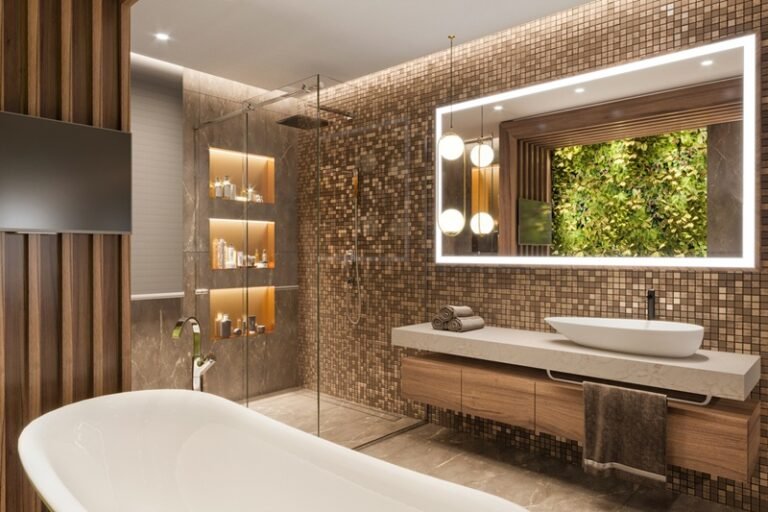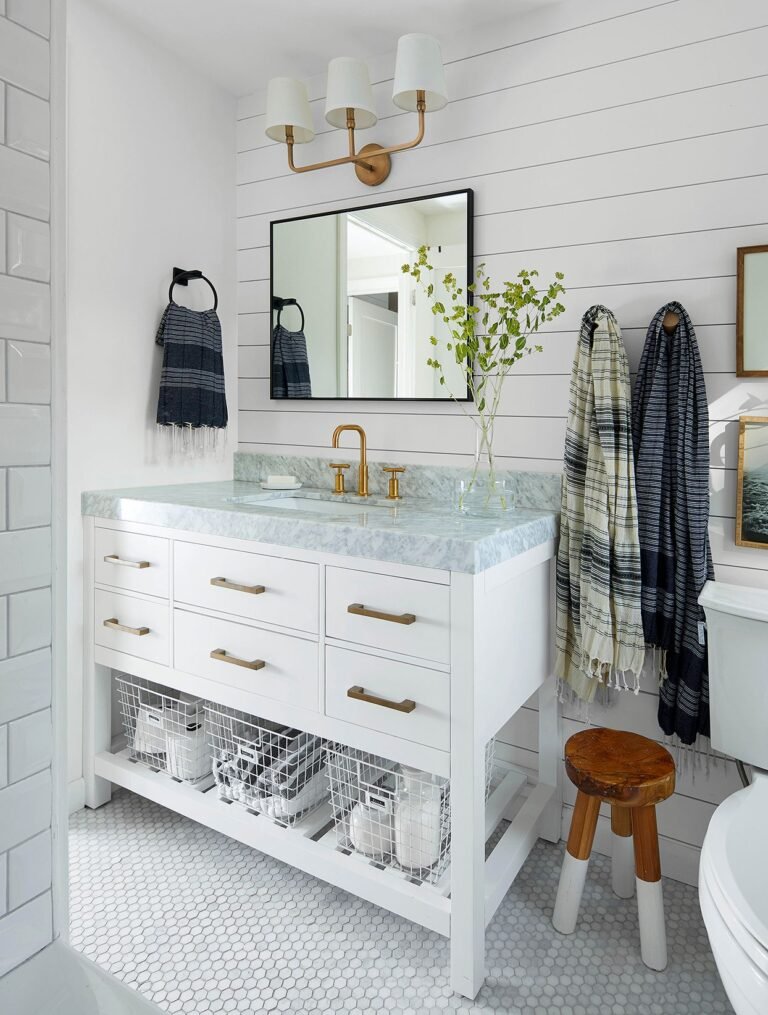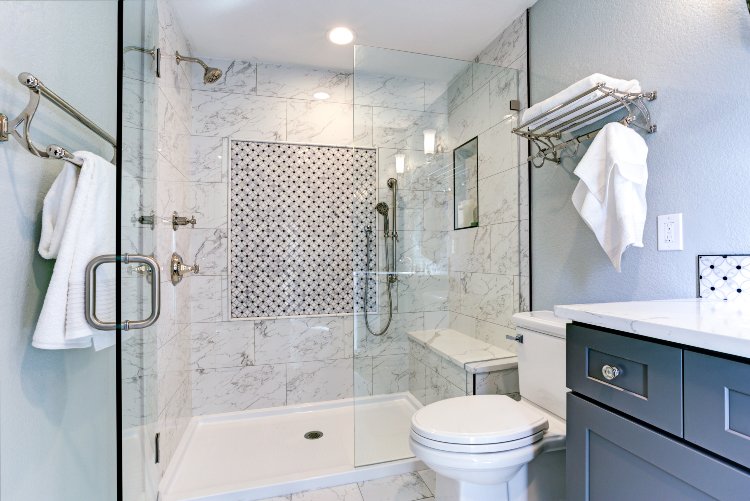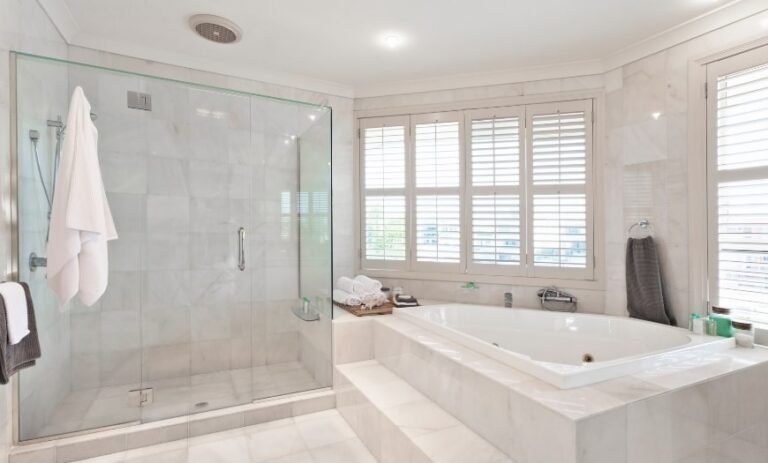Energy-Efficient Bathroom Upgrades
Many people want to cut down their home energy bills but overlook the bathroom. Small changes here can save both money and resources. Bathrooms use water, electricity, and heat every day. This makes them a perfect place to start when thinking about energy savings.
In this blog, we will look at different upgrades that make a bathroom more efficient. These include simple swaps like low-flow fixtures, better lighting, and smart habits. We will also cover bigger changes, such as improved insulation and eco-friendly heating systems.
Why Energy Efficiency Matters in Bathrooms
Bathrooms are among the most used rooms in a home. They use a large share of water and energy. Showers, baths, heating, and lighting all add to the cost. If the bathroom is not efficient, it can waste resources every day.
Making the bathroom efficient is not just about bills. It also reduces strain on the environment. Many cities face water shortages, and cutting waste helps. Energy use in bathrooms also links to carbon emissions. Reducing use means less pressure on power plants.

Low-Flow Fixtures
One of the easiest upgrades is changing taps, showerheads, and toilets. Low-flow models reduce water use while keeping comfort.
Low-Flow Showerheads
Modern low-flow showerheads can give a strong spray while using less water. Some use air to add pressure, so you don’t notice much difference.
Low-Flow Faucets
Simple aerators can be added to faucets. These mix air with water, lowering flow without reducing cleaning ability.
Low-Flow Toilets
Older toilets may use up to 6 gallons per flush. Newer models use less than half. Dual-flush options give you control over how much water to use.
Energy-Efficient Lighting
Lighting is often overlooked, but switching bulbs makes a big difference.
LED Lights
LED bulbs use a fraction of the energy of old bulbs. They also last much longer, cutting waste.
Natural Lighting
Adding windows or skylights helps brighten the bathroom without electricity. If that’s not possible, mirrors can help reflect light.
Smart Water Heating
Water heating is one of the largest bathroom energy costs.
Tankless Water Heaters
These heat water on demand instead of storing it. This avoids the energy loss of keeping water hot all day.
Insulated Tanks
If you have a traditional water heater, adding insulation helps keep water warm. Pipe insulation also reduces heat loss.
Temperature Control
Lowering the water heater temperature slightly can save energy. Many people keep it hotter than needed.
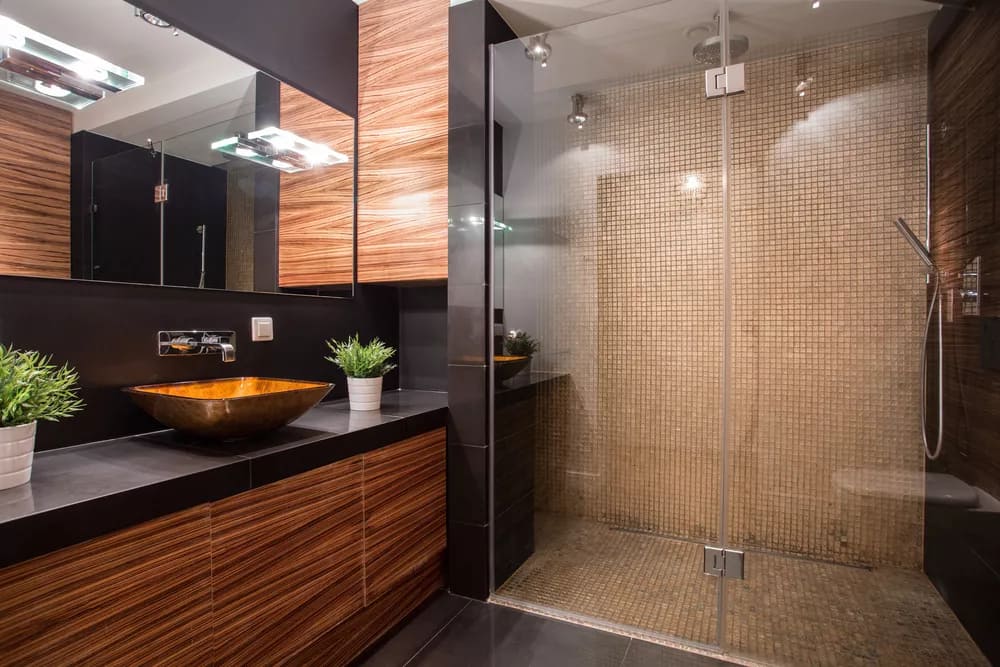
Ventilation and Heating
Bathrooms need ventilation to avoid mold and dampness. But fans and heaters also use power.
Energy-Efficient Fans
Modern exhaust fans use less power and often come with timers. This prevents them from running too long.
Radiant Floor Heating
This type of heating uses less energy than space heaters. It also gives even warmth underfoot.
Smart Controls
Smart devices can help reduce waste.
Motion Sensors
Motion sensors for lights and fans ensure they turn off when not needed.
Smart Showers
Some showers can pause the water once it reaches the right temperature. This stops water from running unused.
Eco-Friendly Materials
Materials also matter for long-term energy savings.
Recycled Materials
Using recycled tiles, counters, or flooring cuts down production energy.
Low-VOC Paints
These paints improve air quality and reduce harmful emissions.
Habit Changes
Upgrades are not enough without better habits.
- Shorten showers.
- Turn off water when brushing teeth.
- Wash hands with cold water when hot is not needed.
- Dry towels naturally instead of using a dryer.
Cost and Savings
Energy-efficient upgrades often pay for themselves over time. While the upfront cost may be higher, the savings on bills add up.
Example Savings Table
| Upgrade | Avg. Cost | Yearly Savings |
|---|---|---|
| Low-flow showerhead | $30 | $70 |
| LED lighting | $50 | $60 |
| Tankless water heater | $1,000+ | $150-$200 |
| Insulated pipes | $50 | $25 |
Common Myths
Some people think efficient products reduce comfort. This is less true today. Modern products keep strong water flow and warm lighting while cutting waste.
Another myth is that upgrades are too expensive. In reality, many are low-cost and save money quickly.
Long-Term Benefits
The bathroom is a place where daily habits shape bills and resource use. Energy-efficient upgrades improve comfort, save money, and help the planet. They also add value to a home, which matters if you plan to sell later.
Conclusion
Energy-efficient bathroom upgrades are both practical and simple. From low-flow fixtures to smarter heating, there are many ways to save. Some changes cost little, while others need investment, but all make a lasting difference. A bathroom that uses less energy and water is good for your wallet and the environment.




